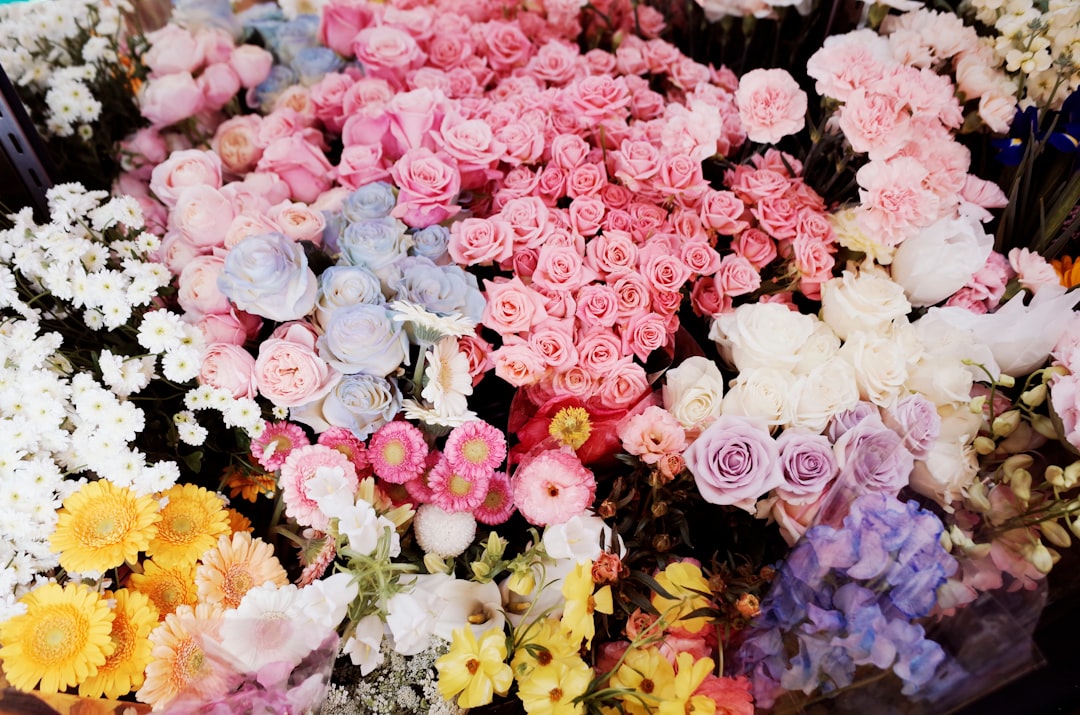Illuminating the Path to Healthy Houseplants

Houseplants are not just decorative elements in our homes; they are living organisms that require proper care to thrive. One of the most crucial factors in their well - being is the amount of light they receive. Understanding the signs of too little or too much light and knowing how to correct these issues can make a significant difference in the health and longevity of your beloved houseplants.
Let's first delve into the tell - tale signs that your houseplant is not getting enough light. One of the most obvious indicators is etiolation. Etiolated plants tend to have long, thin stems that stretch towards the light source. The leaves may also be smaller than normal and a paler shade of green. This is because the plant is trying to maximize its exposure to light by growing taller. Another sign is slow growth. If your plant seems to be taking an unusually long time to produce new leaves or flowers, insufficient light could be the culprit. Some plants may also drop their lower leaves when they are starved of light as they redirect their limited energy resources to the upper parts of the plant.
On the other hand, too much light can also spell trouble for your houseplants. Sunburn is a common problem. You'll notice brown or yellow patches on the leaves, especially on the parts that are most exposed to the direct sunlight. These patches are essentially areas where the plant cells have been damaged by the intense light. The leaves may also become dry and brittle. In some cases, the plant may stop growing altogether as it tries to protect itself from the excessive light. Some plants may even show signs of bleaching, where the leaves lose their vibrant color and turn a pale, washed - out shade.
Now that we've identified the signs, let's talk about how to correct these light - related problems. If your plant is suffering from too little light, the first step is to find a better location. South - facing windows usually receive the most sunlight throughout the day, so they are an ideal spot for light - loving plants. However, if you don't have a south - facing window, east - facing windows can also provide a good amount of morning sunlight, which is often less intense and more beneficial for many plants. You can also use artificial lighting to supplement natural light. LED grow lights are a popular choice as they can be adjusted to provide the right spectrum of light for different stages of plant growth. Place the grow lights about 6 - 12 inches above the plants and keep them on for 12 - 16 hours a day.
If your plant is getting too much light, the solution is to move it to a shadier spot. North - facing windows are great for plants that prefer low - light conditions. You can also use curtains or blinds to filter the sunlight. For example, sheer curtains can diffuse the harsh sunlight and create a more gentle lighting environment for your plants. Another option is to group your plants together. This can create a micro - environment where the plants shade each other to some extent. Additionally, make sure to monitor the temperature around the plant. High light often comes with high heat, and some plants may be sensitive to extreme temperatures.
It's important to note that different types of houseplants have different light requirements. For instance, succulents and cacti are native to arid regions and thrive in bright, direct sunlight. They can tolerate long hours of intense light without showing signs of stress. On the contrary, ferns and peace lilies are shade - loving plants that prefer low to medium light conditions. Placing a fern in direct sunlight for too long can quickly lead to leaf damage.
When you first bring a new houseplant home, it's a good idea to research its specific light needs. This will help you provide the optimal growing conditions from the start. You can also observe the plant closely over time. Notice how it responds to the current light conditions. If you see any signs of stress, such as the ones mentioned above, take immediate action to adjust the light exposure.
In conclusion, light is a fundamental aspect of houseplant care. By being able to recognize the signs of too little or too much light and knowing how to correct these issues, you can ensure that your houseplants remain healthy and vibrant. Whether you're a seasoned gardener or a beginner, paying attention to the light requirements of your plants will go a long way in creating a thriving indoor garden.
Regularly checking on your plants and adjusting their light exposure as needed is a simple yet effective way to keep them in top shape. Remember, a well - lit plant is a happy plant, and a happy plant will bring beauty and freshness to your home for years to come.